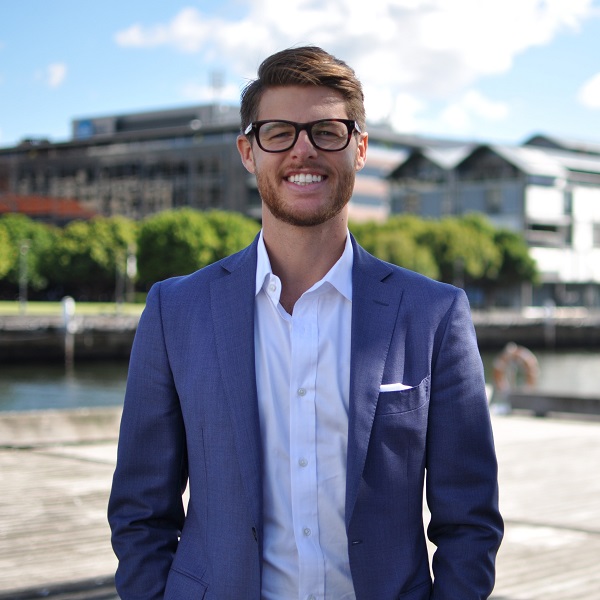
With financial advisor numbers in decline, Sharesight’s latest research shows how investment technology is helping to close the advice gap
New research by Sharesight reveals how investment technology is helping financial advisors reach Australians left out of traditional advice models: the growing ‘missing middle’.
Amid ongoing debate by Australian legislators and regulators on the future of financial advice, including how to restore advisor numbers and meet the needs of a growing demographic nearing retirement, the role of technology is both central and critical.
With more than 40% of advisors having exited the industry since the Royal Commission, and 68% of those remaining now choosing to go self-licensed, independent advisors need to be flexible and profitable.
According to newly released research from Sharesight, five key challenges are reshaping financial advice: tech adoption, personalisation, self-managed investing, generational engagement, and cybersecurity. Each challenge also presents a clear opportunity for advisors who embrace digital tools and rethink traditional service models.
“There’s a real opportunity for tech-enabled advice to meet the needs of today’s ‘missing middle’ and tomorrow’s digital-native recipients of the $5.4 trillion generational wealth transfer,” said Doug Morris (pictured), CEO of Sharesight.
Sharesight’s research highlights how client expectations are rising, even as advisors are being asked to do more with less. The average advisor now serves 129 clients, up from 83 just five years ago. In this context, automation and personalisation are critical to business viability for independent financial advisors.
“Analysis of recent licensing dynamics shows a major industry trend, as almost half of advisors are switching licensees and choosing to go self-licensed,” Morris said. “It’s being driven by a combination of strategic and financial factors, namely the opportunity to get high-quality advice into the hands of more Australians, and the challenge of running a profitable advice business when you go out on your own.”
The ‘missing middle’ is a term that is used to describe an underserved segment whose total wealth, including superannuation, disqualifies them as an ideal fit for a full-service advice model. Many potential clients in this group are looking for a hybrid experience: simple personal advice paired with digital tools.
“Clients who make up the ‘missing middle’ are typically those who want to self-direct their equity investments and superannuation journey,” Morris said. “Simple questions, like how to give the right information to your accountant at tax time, shouldn’t require a complex answer,” he added.
The research also explores how digital portfolio tracking tools like Sharesight help advisors streamline reporting, simplify compliance, and deliver more meaningful conversations with clients – especially in areas like tax reporting, risk analysis, and income planning.
“Digital tools mean advisors can scale efficiently by reaching more clients and expanding access to financial advice. That’s a benefit across the board, to improve Australians’ financial wellbeing, especially in retirement,” Morris said.
Ben Wieland, Partner at Brisbane-based bespoke wealth advisors EGU, said digital tools like Sharesight help to improve client conversations and streamline reporting.
“One of the big things to remember is that brokers and funds aren’t reporting houses – they’re just intermediaries to get you the asset. Sharesight fills a gap. Its reporting makes portfolio conversations clearer and more client-focused,” Wieland said.
The 12-page research report is called “5 key challenges reshaping financial advice” and is freely available to download here: www.sharesight.com/au/financial-advisers/


